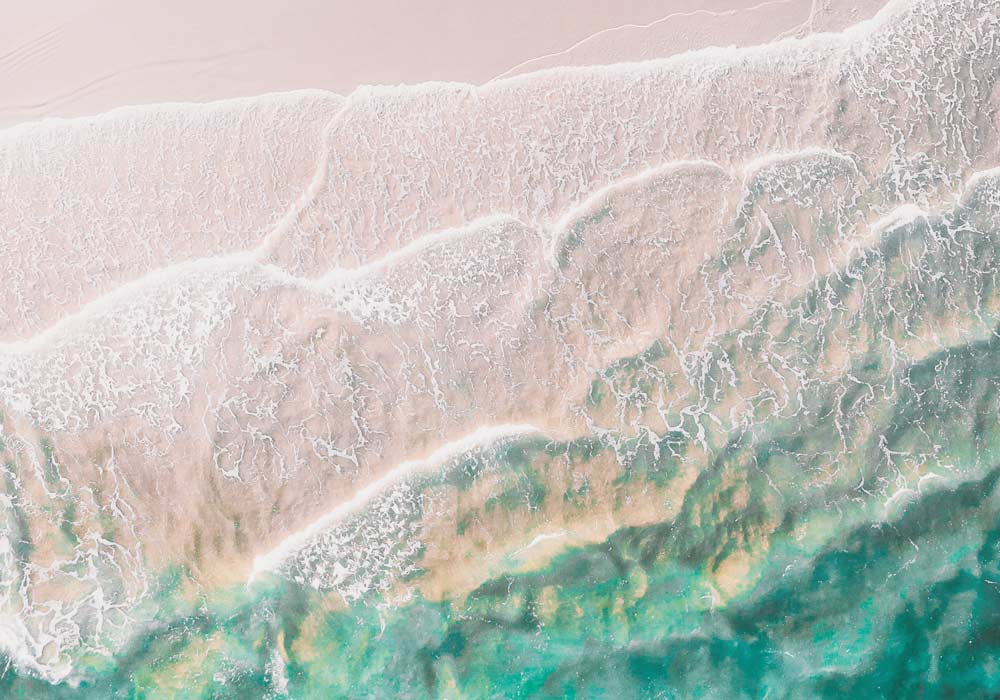For most of us enjoying a day at the beach, the question of who owns the sand beneath our feet never really enters our thinking. We park our cars at public access points, drag our wagon full of beach toys and cold beverages to our perfect spot, set up our tent, turn on our music and enjoy our day.
But for many people who own the houses that line the coast, we are sitting in what they think of as their backyard.
Helping courts and regulatory bodies determine who has a right to the coastline is the focus of University of South Carolina law professor Josh Eagle’s scholarly work. His goal is to get courts to recognize greater public rights and to expand access to beaches. For his most recent research on the subject, he is looking to history for support.
“The basic argument is that it’s not enough to go back just 20 or 50 years, as courts usually do, to look for sources of public rights,” Eagle says. “We have to go back to the founding of the country — and even to the ancient laws of England — in order to do justice to the question of access to our beaches.”
In Colonial times, for example, what’s now known as South Carolina’s Grand Strand was part of the Boston-to-Charleston road known as the King’s Highway, and the beach was used as a north-south thoroughfare.
There are also some court opinions on beach access dating back to the 1200s.
“But legal documents only reveal a fragment of real life,” Eagle says. “And I started wondering: What are some other tools I can use to find out how people have been using beaches since 1200?”
“The basic argument is that it’s not enough to go back just 20 or 50 years, as courts usually do, to look for sources of public rights. We have to go back to the founding of the country — and even to the ancient laws of England — in order to do justice to the question of access to our beaches.”
Tax records have offered some insight into the critical role beaches played in the royal port system. The word “port” didn’t mean a single place as it does now, like the Port of Charleston. It meant a whole stretch of coastline, and each little beach and cove was considered to be part of the port, according to Eagle.
Unfortunately, documenting the full range of uses from hundreds of years ago is difficult. There’s little archaeological evidence because of the changing nature of the coastline, and written records are scarce.
But one thing could lend credibility to the idea of beaches as public spaces: paintings of the seashore from various eras. To that end, Eagle enlisted the help of undergraduate students to find 16th- and 17th-century paintings depicting scenes from the coastlines of England and Europe.
Although this part of his research is in its early stages, Eagle says it holds promise because even if painters weren’t documenting an actual day at the beach, they were capturing scenes they had witnessed or that were common.
“In some of these paintings of the beach, you can actually see the customs house or the customs officer, because the king was obviously uptight about losing money to non-taxpaying smugglers,” he says. “Some of the paintings are really captivating, scenes of so many things going on on the beach, like fish markets, people bringing products to load onto small boats called ‘lighters’ that ferried those goods to large boats anchored offshore — very much a public space.”
The study of beach paintings is just Eagle’s latest project since joining USC nearly two decades ago. Some of his research on the dividing line between the public and private sections of a beach found its way into a recent law passed in Rhode Island.
The law, which passed in 2023 and is already being contested in court, sets the landward boundary of the public part of the beach at 10 feet above the wash line, which is the highest point of the high tide as marked by the deposit of debris along the beach. That gives the public the right to much more beach than the mean high-tide standard established by the Supreme Court of Rhode Island 40 years ago.
Eagle says the new law, which includes some language from his research, is one of the most exciting things to happen to him as a law professor: “It has long been my goal to make it easier for everyone to use the beach.”
